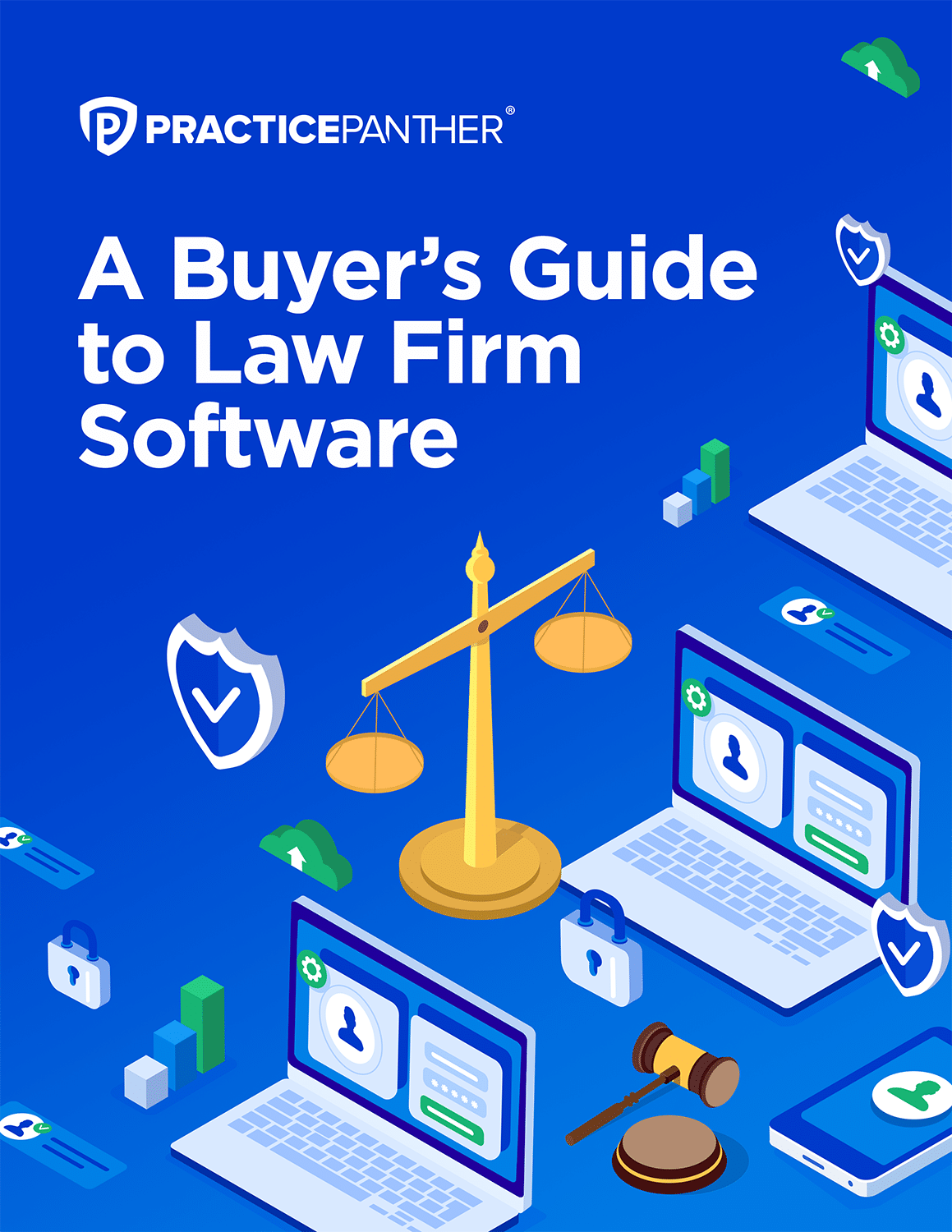Should attorneys be concerned about the CAN-SPAM act? It depends. Are you sending out commercial electronic mail messages that disguise the commercial intent of the messages or your identity? If that’s the case, then the answer is yes, as you are in all likelihood violating the CAN-SPAM act, also known as the Controlling the Assault of Non-Solicited Pornography and Marketing Act of 2003.
CAN-SPAM performs three basic functions: it defines commercial email that falls under the act, it gives recipients the ability to opt out of future commercial emails and it sets robust penalties for violations of the act.
Under the act, email (or commercial electronic mail messages) is “any electronic mail message the primary purpose of which is the commercial advertisement or promotion of a commercial product or service (including content on an Internet website operated for a commercial purpose).” Transactional or relationship emails are excluded.
The act defines a transactional or relationship message as one that:
- Facilitates a commercial transaction that the recipient has already agreed to;
- Provides warranty, product recall, safety or security information;
- Provides notifications about changes in terms, features, changes in standing, account balances, and statements, subscriptions, memberships, accounts, loans, or comparable ongoing commercial relationships;
- Provides information related to an employment relationship or related benefit; or
- Deliver goods or services that the recipient is entitled to receive.
The penalty for violating CAN-SPAM is steep at up to $40,654 per email, so it behooves attorneys to be very clear with emails and avoiding making the common email mistakes. The rules are pretty simple and following them should be no problem. They are:
- Use clear, straightforward and truthful header information. The header information includes the source, destination and routing information. The original domain name must be included. Use an accurate “from” line so that the sender is identified.
- Don’t be misleading in the subject heading. It is a violation of the act if the sender knows that the subject line would be misleading to the recipient.
- Include an accurate return address that would enable the recipient to let the sender know not to send further emails.
- To comply with providing a return address with which to opt out, more detailed options for opting out may be included within the body of the message
- Do not ignore an opt-out message. Senders are given 10 days to stop transmitting commercial emails. No one on the sender’s behalf may send messages, either.
- The email must be clearly and conspicuously labeled as an ad.
What if the email has both transactional and commercial information? In that case, one would look to the primary purpose of the email, according to the Federal Trade Commission. First, look at the subject line. If a person would reasonably believe that the email was an advertisement or if the transactional information doesn’t appear in the beginning, then it is a commercial message. The email can also make vivid use of font and layout to create an impression of primary message.





